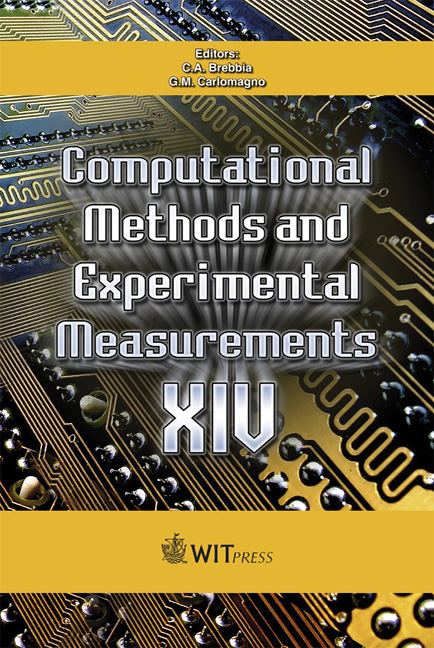Non-thermal, Chemical Destruction Of PCB From Sydney Tar Ponds Soil Extract
Price
Free (open access)
Transaction
Volume
48
Pages
11
Page Range
47 - 57
Published
2009
Size
818 kb
Paper DOI
10.2495/CMEM090051
Copyright
WIT Press
Author(s)
A. J. Britten & S. MacKenzie
Abstract
The Sydney Tar Ponds, in Sydney, Nova Scotia, Canada, contains more than 700,000 tonnes of contaminated sediments including PAH, hydrocarbon compounds, coal tar, PCB, coal dust, and municipal sewage. An important source of contamination are the PCB which cause adverse health affects to humans as well as environmental problems for the surrounding ecosystems through bioaccumulation and resistance to environmental breakdown. There are various processes for the remediation of contaminated sites. The most commonly used methods include incineration, solvent washing and/or extraction, stabilization/solidification and base catalyzed soil remediation. A recent and more environmentally friendly method for remediation is the \“SonoprocessTM.” The claim is that PCB are destroyed in a non-thermal way using a sodium reaction and high frequency vibration to remove the chlorine atoms from the biphenyl. In this study, the process is modified to suit the Tar Ponds matrix and is tested on samples of PCB and PAH contaminated soil from the Tar Ponds. A steel bar (with a chamber containing the contaminated soil, sodium, and solvent attached to the end) is brought to its resonance frequency to destroy harmful contaminants. The energy which is generated is used to vibrate the PCB extract with sodium to break the C-Cl bonds. The soil mixture is removed and washed, resulting in clean, safe soil and sodium chloride byproduct. The remaining solution from the extraction has a possibility of being used as a low-grade fuel. GC-ECD and GC-MS were used to identify and to quantify the compounds present before and after the PCB destruction process. PCB present at 160mg/kg in soil were reduced to <0.25mg/kg after extraction treatment. The concentrated oil extract containing 400mg/kg PCB had no detectable amount of PCB after the sodium/Sonic process. Chromatograms, mass spectra, and mass spectral interpretation are included in the paper. Keywords: PCB, non-thermal, GC-ECD, GC-MS, tar ponds, sonoprocessTM.Keywords
PCB, non-thermal, GC-ECD, GC-MS, tar ponds, sonoprocessTM.





